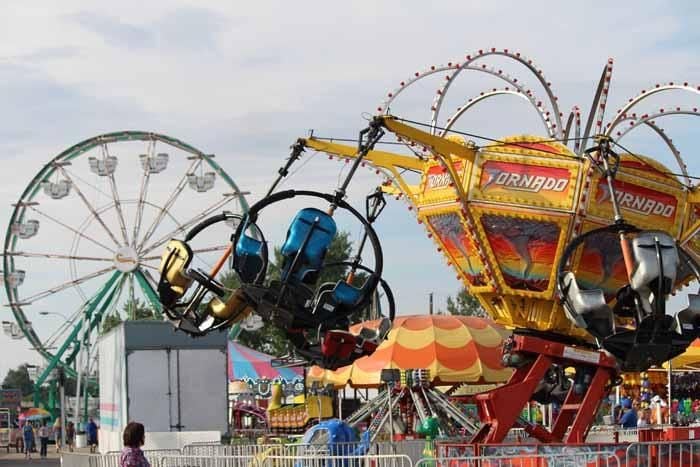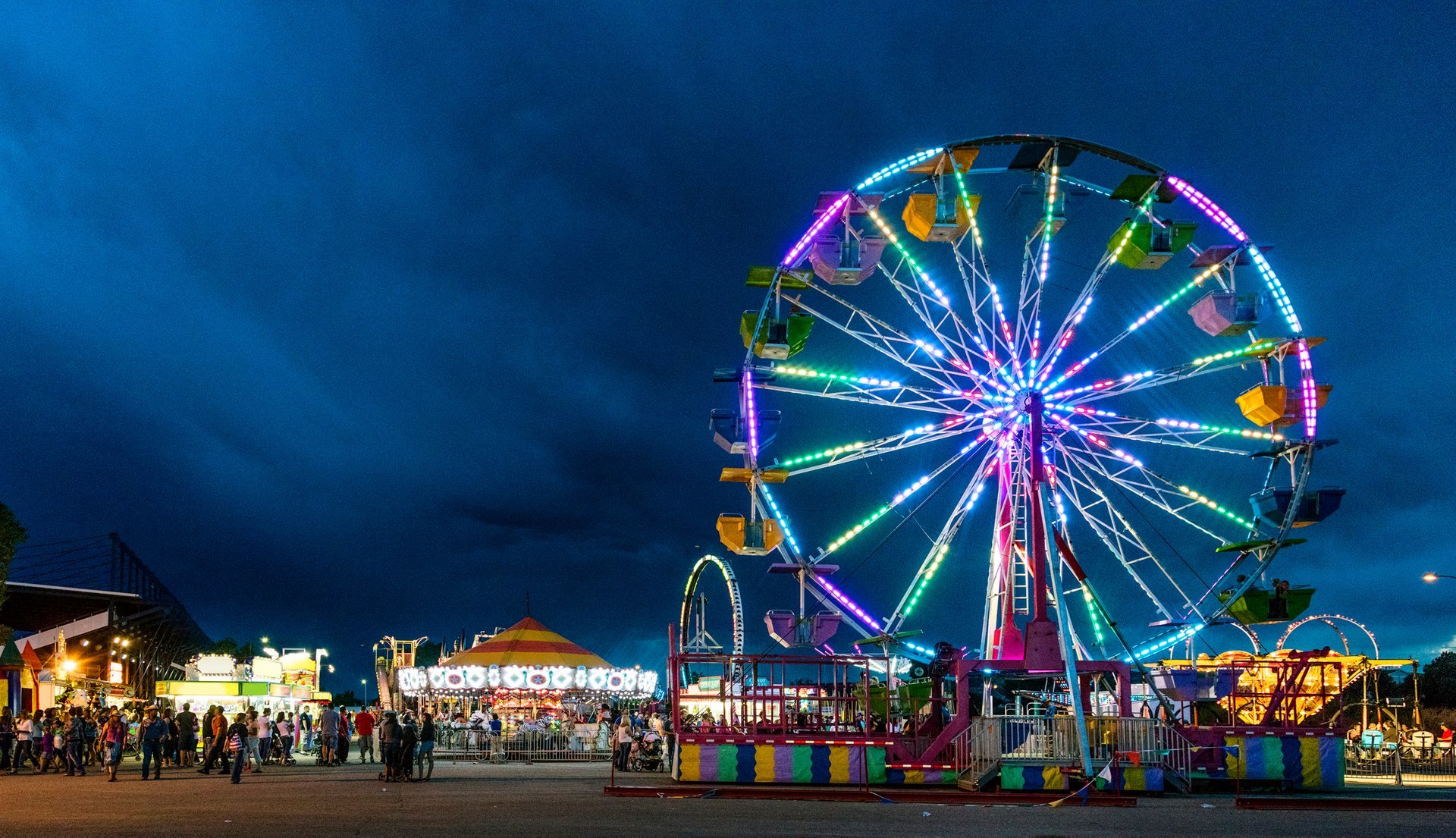Historical Background of Wyoming State Fair

The Wyoming State Fair has a rich history that spans over a century, serving as a showcase for the state’s agricultural heritage and a platform for community engagement.
The fair’s roots can be traced back to 1885 when the first territorial fair was held in Cheyenne. At the time, Wyoming was still a territory, and the fair provided an opportunity for settlers to exhibit their livestock, agricultural products, and homemade goods.
Amidst the vibrant festivities of the Wyoming State Fair, where laughter and excitement danced hand in hand, a hushed murmur swept through the crowd. The aroma of freshly baked goods mingled with the anticipation of an impending match. The air crackled with excitement as people eagerly turned their attention to the latest news: the tantalizing USA vs Uruguay prediction.
As the cheers and predictions echoed through the fairgrounds, the Wyoming State Fair seamlessly transformed into a hub of global anticipation.
Evolution of the Fair
Over the years, the fair has evolved to become a major event in Wyoming’s social and cultural calendar. In 1890, after Wyoming became a state, the fair was moved to Douglas, where it remained for several decades.
Wyoming State Fair, a grand spectacle of agriculture and entertainment, draws crowds with its lively exhibits and thrilling competitions. While immersing ourselves in its rural charm, we can’t help but wonder about the upcoming Mets vs Nationals prediction. The anticipation is palpable as we speculate on the outcome of this highly anticipated baseball showdown.
As the fair continues to captivate us, we can’t help but eagerly await the results of this thrilling sporting event.
In 1932, the fair was relocated to its current home in Casper, where it has continued to grow and expand. Today, the Wyoming State Fair is one of the largest and most prestigious fairs in the Rocky Mountain region, attracting over 200,000 visitors annually.
Impact on the Community, Wyoming state fair
The Wyoming State Fair has a significant impact on the local community. It provides a venue for businesses to showcase their products and services, and it generates revenue for the state. The fair also offers educational opportunities for visitors, with exhibits on agriculture, history, and the arts.
In addition to its economic and educational benefits, the Wyoming State Fair also plays an important role in preserving the state’s cultural heritage. The fair features a variety of events that celebrate Wyoming’s cowboy culture, including rodeos, chuckwagon races, and square dancing.
Key Attractions and Activities at the Fair

The Wyoming State Fair is a grand celebration of the state’s agricultural heritage, vibrant culture, and lively entertainment. Among its many captivating attractions are:
Livestock Exhibitions: The fairgrounds transform into a showcase for Wyoming’s finest livestock, where proud ranchers exhibit their prized cattle, sheep, horses, and more. Visitors can marvel at the animals’ size, strength, and beauty, gaining insights into the state’s ranching traditions.
Rodeos: The fairgrounds host exhilarating rodeos, where skilled cowboys and cowgirls compete in thrilling events such as bull riding, barrel racing, and team roping. These competitions showcase the agility, athleticism, and determination of Wyoming’s rodeo enthusiasts.
Live Music Performances: The fairgrounds come alive with the sounds of live music throughout the event. From country to rock to pop, there’s something for every musical taste. Local and national artists take to the stage, providing entertainment for all ages.
Food Vendors: The fair is a culinary paradise, offering a wide variety of food vendors serving up mouthwatering treats. From classic fair favorites like corn dogs and funnel cakes to local specialties like bison burgers and Wyoming potatoes, there’s something to satisfy every craving.
Economic and Social Impact of the Wyoming State Fair
The Wyoming State Fair is a significant economic and social event that brings together communities across the state. It has a substantial impact on both the local and state economy, while also fostering community pride and preserving cultural traditions.
Economic Impact
The Wyoming State Fair generates substantial revenue for the state and local economy. In 2023, the fair attracted over 250,000 visitors, generating over $30 million in revenue. This revenue is primarily driven by ticket sales, vendor fees, and spending by visitors on food, drinks, and merchandise.
The fair also creates numerous jobs, both directly and indirectly. Over 1,000 temporary jobs are created each year to support the fair’s operations, including staff, vendors, and security personnel. Additionally, the fair stimulates job growth in related industries such as hospitality, transportation, and retail.
Furthermore, the Wyoming State Fair attracts tourists from across the region, boosting tourism revenue for the state. Visitors to the fair often extend their stay to explore other attractions in Wyoming, such as Yellowstone National Park and the Grand Teton Mountains.
Social Impact
Beyond its economic benefits, the Wyoming State Fair also has a significant social impact on the state.
The fair fosters a sense of community pride and unity among Wyoming residents. It provides a platform for people from all walks of life to come together and celebrate their shared heritage and culture.
The fair also plays an important role in preserving Wyoming’s cultural traditions. It showcases traditional arts, crafts, and music, ensuring that these traditions are passed down to future generations.
Additionally, the Wyoming State Fair provides educational opportunities for visitors of all ages. The fair features educational exhibits on topics such as agriculture, science, and history, engaging visitors and fostering a love of learning.